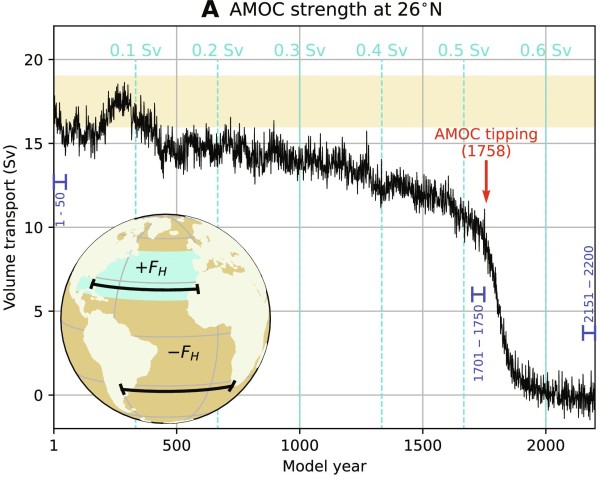The Atlantic Meridional Overturning Circulation (AMOC) transports warm and salty upper ocean water to the subpolar North Atlantic where the upper ocean releases some heat to the atmosphere. Due to the surface cooling and the high salinity (i.e., salty), the upper ocean water becomes heavier and thus sinks down to the deep ocean and then... Continue Reading →
Climate and weather scientists in the U.S. don’t talk to each other
As a climate scientist, I have worked and interacted with many weather scientists in the past 20 years or so. I am also currently in a task force team to advance subseasonal (2~4 weeks) forecasts of severe weather activity in the U.S. I have learned so much from weather scientists about how longer-term climate processes... Continue Reading →
Why is it hard to identify the subpolar and subtropical jets from zonal-mean zonal wind profiles?
Two important atmospheric jet streams that shape the extratropical zonal wind field in both hemispheres are the subtropical jet and the subpolar jet. The subtropical jet is located around 30° latitude line at the boundary between the Hadley cell and the Ferrel cell, and is predominantly a high-altitude feature. Since it is largely in thermal-wind... Continue Reading →



